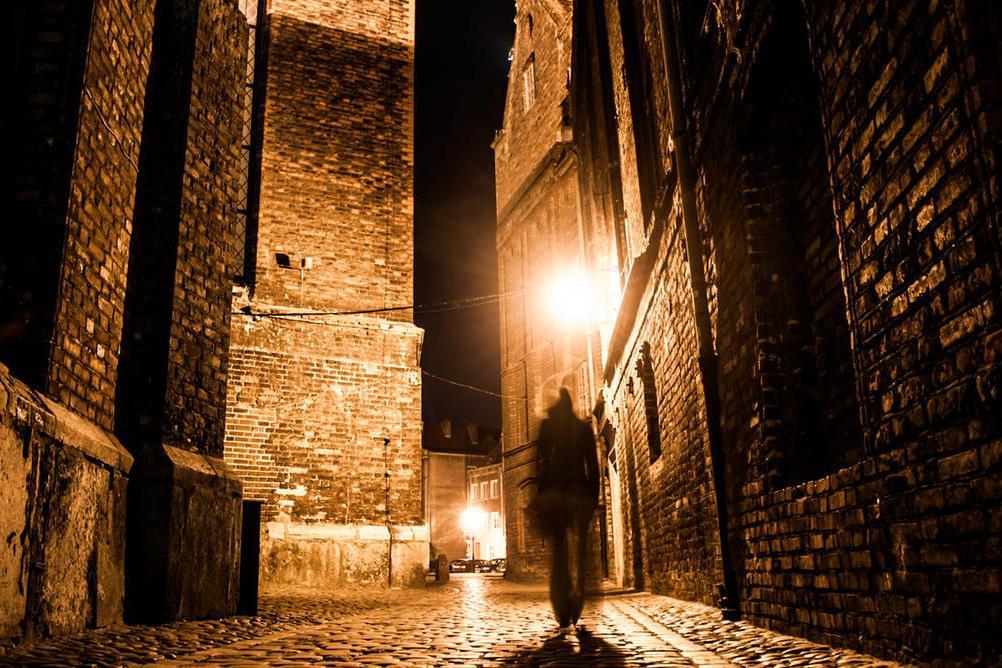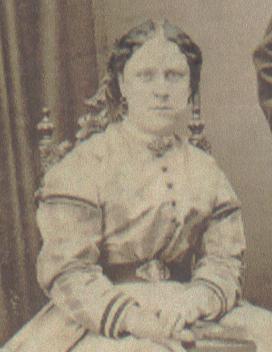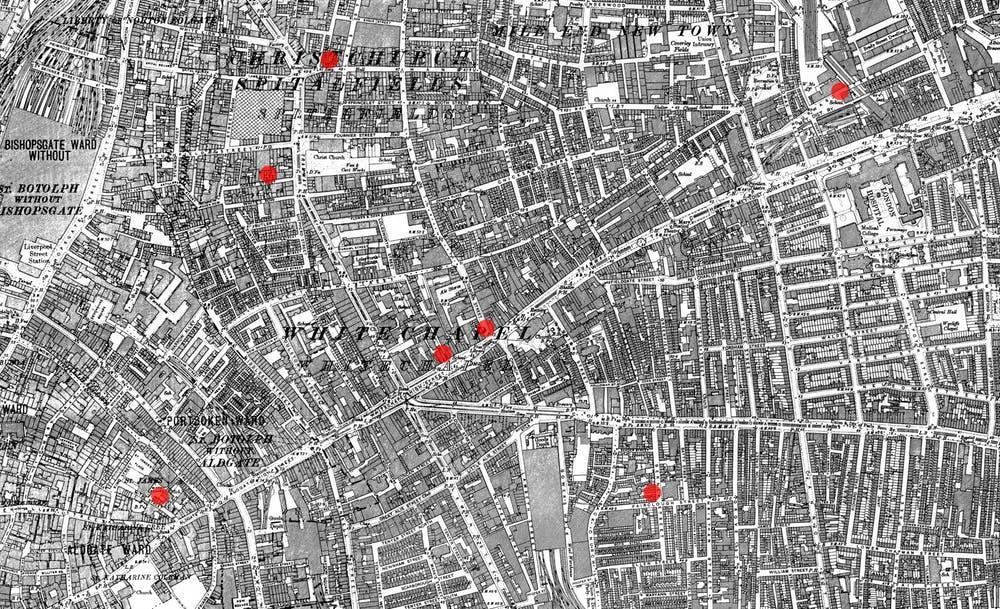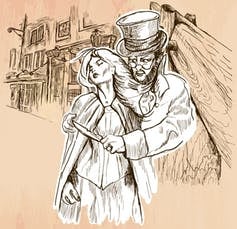‘Jack the Ripper’ was a serial killer who disembowelled women – we need to stop celebrating that
Why are people so obsessed with the notorious serial killer?

Your support helps us to tell the story
From reproductive rights to climate change to Big Tech, The Independent is on the ground when the story is developing. Whether it's investigating the financials of Elon Musk's pro-Trump PAC or producing our latest documentary, 'The A Word', which shines a light on the American women fighting for reproductive rights, we know how important it is to parse out the facts from the messaging.
At such a critical moment in US history, we need reporters on the ground. Your donation allows us to keep sending journalists to speak to both sides of the story.
The Independent is trusted by Americans across the entire political spectrum. And unlike many other quality news outlets, we choose not to lock Americans out of our reporting and analysis with paywalls. We believe quality journalism should be available to everyone, paid for by those who can afford it.
Your support makes all the difference.From ghost tours, to books, Halloween costumes to theatre productions – and even a museum – the Jack the Ripper industry is well and truly alive.
His is the name given to the unidentified serial killer who was believed to be responsible for a number of murders in and around the Whitechapel district of London between 1888 and 1891. It was during this period that the lives of Mary Ann Nichols (Polly), Annie Chapman, Elizabeth Stride, Catherine Eddowes and Mary Jane Kelly were so brutally ended.
Known as the Whitechapel Murders, the killings saw an unsubstantiated number of female sex workers murdered by an unknown assailant[s]. At various points, some or all of these unsolved murders have been attributed to the notorious “Jack the Ripper”.
And yet the fact remains that Jack the Ripper is not, and never has been, real. The name “Jack the Ripper” was simply invented by a journalist to boost newspaper circulation – and it did just that as papers sold from stands all across London town with tales of “Jack’s” gruesome killings.

So while there was a killer – or even many killers – committing horrendous acts of femicide during the period, it was not done by a man named Jack the Ripper. And what can also be said with a great deal of certainty is that it was not a smog-shrouded, top-hatted, cloak-wafting mythical figure who was responsible.
The reality of the killings
What is real, though, are the women who were killed – and the pathological violence enacted upon them. Public recounts of their murders are often sanitised, and frequently omit the true ferocity of the violence and degradation they endured.
This includes virtual decapitations, facial, abdominal and genital mutilations, organ removal and possible cannibalisation. But yet in spite of the sexual injuries inflicted upon the bodies of the women killed, any sexual motives for the killings are frequently dismissed.
It has been argued by several feminist historians, that the whole grand narrative of the Whitechapel Murders is held aloft to all women – as a warning of what may happen should they breach their prescribed gendered limits of domesticity, geography and sexuality.

In this way, the story of “Jack” and his deeds, is built around a cornerstone of “whorephobia”. This is the hatred of, oppression of, violence towards, and discrimination against sex workers. And by extension, derision or disgust towards activities or attire related to sex work.
The women killed, by and large, are rarely represented as anything but deserving, diseased, destitute, addicted, immoral and unsightly. They were part of a community which was too visible and deemed verminous. And many sources at the time overtly stated that the sins of the fallen, far outweighed the sins of the hand that slew them.
The humanity and life experiences of the women killed in Whitechapel have been utterly reduced to their jobs and the roles they played in society. They have become more akin to cultural tropes of “disposable street prostitutes” than once-living women. More unreal than the unreal “man” who is supposed to have killed them.
A cultural icon
Failing to acknowledge the horrific historical truth of these murders has undoubtedly impacted perceptions of Jack the Ripper today. He is seen as an “icon of crime” rather than a horrific serial killer who disembowelled women.

Worse still, since the era of the crimes, hundreds of people globally have lost their lives to killers who have confessed to emulating “Jack”. And the press still refers to “Jack the Ripper type crimes” when acts of femicide have been committed, particularly if the victims work in the sex industry.
“Jack” did not forge his ubiquitous cultural status, his multi-million pound industry, or his “immortality”. “Jack the Ripper” may be a made-up construct but with lives still being taken in his name, it is high time that our cultural relationship with “The Ripper” changed. One way of doing this is by addressing the way such modern crimes are reported.
The World Health Organisation’s 2014 report, which looks at how violence can be prevented, highlights the impact language around such violence plays. And given that “Jack’s” name remains associated with an ever-growing list of victims – from around the world – it is clear this is something that needs to change sooner rather than later.
Charlotte Mallinson is a lecturer in modern world history (PhD Researcher) at the University of Huddersfield. This article was originally published on The Conversation (www.theconversation.com)
Join our commenting forum
Join thought-provoking conversations, follow other Independent readers and see their replies
Comments